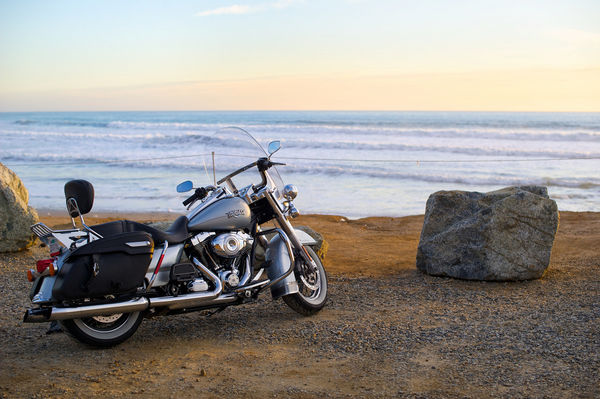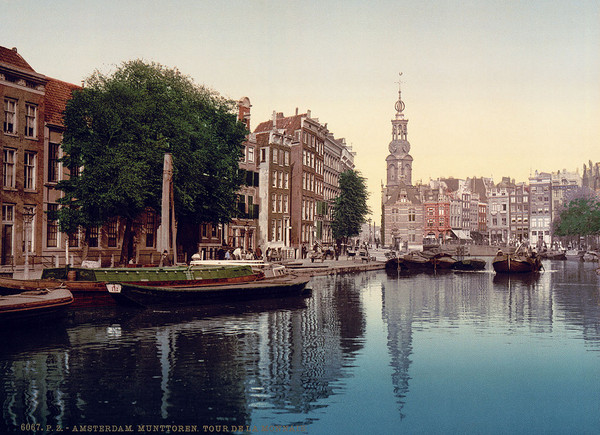Motorcycle touring is a great way to get your bike involved with your annual holiday. It’s a thrilling way to see the world: stopping in different accommodation every night and having the freedom to plan your own route every day, not to mention getting to know your bike a bit better!

- motorcycle touringthelostadventure
Before you set off, it’s a good idea to check a few things to ensure you don’t get stranded somewhere; the list below should provide a good start point. You may also wish to check with your insurance provider whether your policy covers you for accidents abroad. For instance, some companies such as MCE Insurance provide 30 Day European cover as standard – it’s much better than having a nasty surprise while you’re abroad.
Luggage and packing
You should pack much less than you would for an ordinary holiday, and by this we mean one spare change of clothes – no more. Your bike guzzles less petrol and handles better the less you are carrying, so make use of clothes washing facilities wherever you can and travel light. A toothbrush, mobile phone, first aid kit and your bike’s toolkit are really the only other essentials.
What bike to take?
Clearly, touring motorcycles are built for touring – they’re heavier, higher-performance machines that are built for long stretches of travel. They’re also much more comfortable for riding long distances, with large fairings and more luggage space and fuel capacity. Think of them as the luxury hotels of long-distance riding.
However, don’t despair if you don’t have a touring bike: you can travel long distances on almost any motorcycle, from a 250cc Yamaha Tricker to a Honda CB750. It might be a bit less comfy and you may have to stop for petrol and repairs more often, but for many bikers, dealing with the eccentricities of their machine is all part of the fun!
Planning a route
Europe has thousands of miles of fantastic scenery to explore – whether you’re going to Spain, Switzerland, Germany or Ireland, there are dozens of routes that are worth the trip – a great place to help start your decision can be found here. It’s worth planning your route before you leave, but be sure to leave space in case your plans change: anything from road closures to severe weather can throw a spanner in your plans. Try to plot a route through hilly and mountainous country if you want to enjoy the view, but be aware that they’ll take much longer than normal to cover. Finally, as convenient as GPS and mobile phone maps can be, it’s vital to take a paper road map as a backup.
Before you set off
Check your tyre pressure, brake fluid level, grease chain, engine oil level and tyre treads before you depart and preferably every morning while you’re away – making sure these are all in optimum condition will help you avoid the majority of problems on the road. It’s also essential to do a general maintenance check on things like lights, brake pads and chain tension at the start of any long journey. Hearing protection should also be considered as, even in a helmet, the noise of the wind can be damaging over a sustained period of time.


